Where, pray, is Monty Desai? And what, pray, does the current West Indies batting coach contribute to regional cricket?
I think those are two questions that need urgent answers.

But I really don’t know whether—should we decide to direct them to CWI media officer Dario Barthley or through him—they will get answered. Or even asked.
KingDario may deem them to be not positive.
What is decidedly not positive is the West Indies 2021 batting stats.
Certainly nobody needs to be reminded of the scores posted by Kieron Pollard’s six-hitting T20 West Indies team in the most recent World Cup.
And Kraigg Brathwaite’s Test-playing West Indies have not fared too much better.
Playing in Bangladesh in February, they posted scores of 117, 259, 395 for 7 and 409. In aggregate, that’s 1180 runs at an average of 295, five less than 300.

(Copyright AFP)
The scores weren’t made in that order, though; the 117 came last, not first. So the upward trend ended after three games. It did not continue into the six home and two away Tests Brathwaite’s side has played since then.
Here in chronological order are all the scores: (vs S/Lanka at home) 271 & 236 for 4 and 354 & 280 for 4 dec.; (vs S/Africa at home) 97 & 162 and 149 & 165; (vs Pakistan at home) 253 & 168 for 9 and 150 & 219; and (vs Sri Lanka away) 230 & 160 and 253 & 132.
That yields a total of 3,279 runs in 16 innings at an average a kn under 205.
I think most people would agree that the foregoing are not figures of which any self-respecting international Test-playing team can be justifiably proud.
We can safely add some individual highlights (using the term loosely).

(Copyright Adrian Dennis/Pool via AP)
First, there is Jermaine Blackwood. You have to go back five-and-a-half years—and almost 50 innings!—from the December 2020 date of his 104 off 141 balls against New Zealand to find the current West Indies Test vice-captain’s first—and only other—century in this format. In two of the three innings that immediately followed the second one, he made half-centuries.
In 19 innings since, he has made one half-century to take his tally to 15, not made a century, and only once faced 100 balls.
But the stats available to me do not show how many times in his 43 Tests he gave his hand away—as he is wont to do. However, surprisingly promoted to open in the last two Tests in Pakistan, he batted by and large very responsibly.
In his first six Test innings, Nkrumah Bonner scored a century and two half-centuries and faced over 100 balls four times. His next seven innings yielded just 55 runs off 311 balls. However, he seemed to find himself again in his last three innings, making an unbeaten 68 off 220 balls, 35 off 95 balls and 44 off 143 balls.

With the bat, Bonner was a rare bright spark for West Indies.
(via CWI Media)
In his first eight Test innings, Kyle Mayers posted an impressive double-century, two 50s and three 40s and twice faced 100 balls. He has batted 12 times since. Not one half-century off the bat but he survived for more than 50 balls in four of those 12 innings; in the other eight, the total of balls faced is 62.
In his first seven Test innings, Joshua Da Silva made two half-centuries and two 40s and faced more than 100 balls three times. Twelve innings later, against Sri Lanka in Galle last month, he made 54 off 129 balls, his third half-century and the next time he faced 100-plus balls.
In sum, I think it would be fair to say on the basis of the above that batting does not appear to be the West Indian forte. You’d expect responsible reporting to seek to find out the reason.
Are the problems technical? Or is there something inside West Indian heads that keeps getting in the way of batting success?

(Copyright AFP / Marty Melville)
And another question arises in light of Jos Buttler’s fighting, rear-guard 26 off 207 balls in the just concluded Second Ashes Test. In the end, England lost so that knock was not quite like Jack Russell’s defiant, match-saving 29 off 235 balls in Johannesburg in 1995. Or Cheteshwar Pujara’s 45 off 206 balls that ultimately gave India a completely inconceivable victory at Lord’s in August last year.
Where is the West Indian example of relatively recent times? We’re not talking the aggressive defiance of Mayers (20 x 4, 7 x 6) and Bonner (10 x 4, 1 x 6) in Bangladesh. Pujara hit four fours, Russell three and Buttler two; none hit a six.
So is there a West Indian template that says that if we’re going down, we’re going down in a blaze of glory? That we have to make a brilliant escape? Is there, indeed, a West Indian template?
In Peter Oborne’s Basil D’Oliveira Cricket and Conspiracy: An untold story, we find an explicit, detailed statement of how a Test innings should be approached to maximise the chances of success:

(Copyright BBC/ Getty Images)
“As a boy,” wrote the South Africa-born allrounder whom Rob Steen dubbed ‘the most important sportsman who ever lived’. “I aimed to hit every ball into the road. Now I give the first hour of every innings to the bowler. He can do what he likes with it as long as he does not get me out. I will only hit him if he bowls badly—a matter I take for granted in any batsman.
“For the rest I concentrate on getting in. I inspect the bowlers and note their range. I accustom myself to the pitch, its movement. Above all I dedicate myself to making sure that the bowler does not exploit my early weaknesses. He and I will be equally aware what they are.”
“The first hour,” he ends, “is his. I am cautious but not worried. The second hour is mine.”
In 70 innings, D’Oliveira scored five centuries, 15 half-centuries and finished his career with an average of 40.06.
On the latest evidence, Blackwood and Bonner have begun to grow. And Brathwaite has not regressed. But is the same true of Darren Bravo? And Mayers and Da Silva?

Has the batting coach distilled his thoughts on batting into any such concise statement since he joined the support staff in late 2019? Perhaps.
But we will probably never find out. The media officer most likely will not use your question.
The media officer says that the person he chooses to face the media—I almost said ‘the music’—on any given match day is the person who has distinguished himself in some way in the course of the day’s play. Still, properly, head coach Phil Simmons has got the call many times. as has time and again assistant coach Roddy Estwick.
The batting coach? Not at all. Presumably it does not suit the media officer to expose the batting coach to the potential negativity of a grilling by the media.

Earl Best taught cricket, French, football and Spanish at QRC for many years and has written consistently for the Tapia and the Trinidad and Tobago Review since the 1970’s.
He is also a former sports editor at the Trinidad Guardian and the Trinidad Express and is now a senior lecturer in Journalism at COSTAATT.
 Wired868 Wired868 for smart sport news and opinion
Wired868 Wired868 for smart sport news and opinion
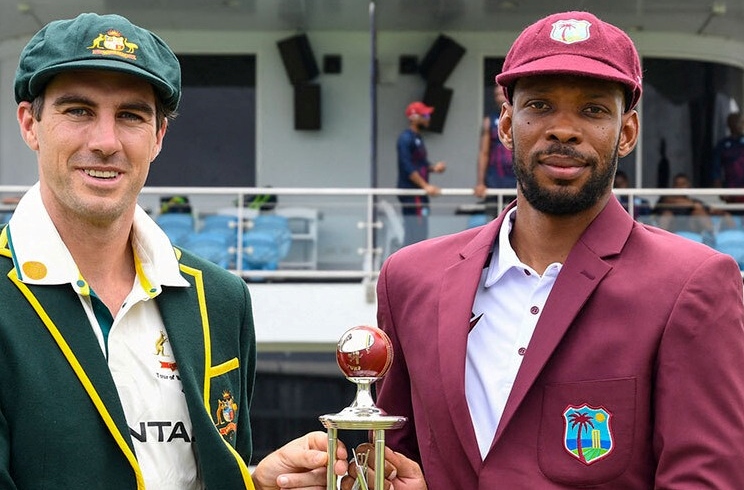
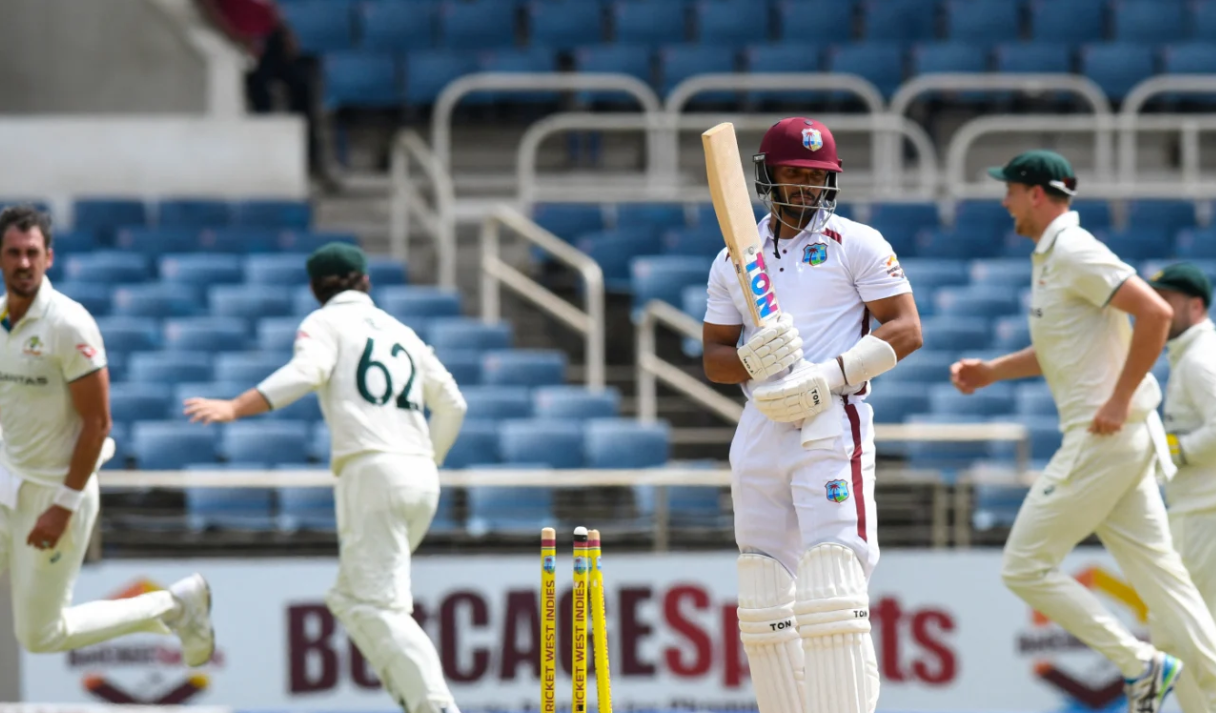
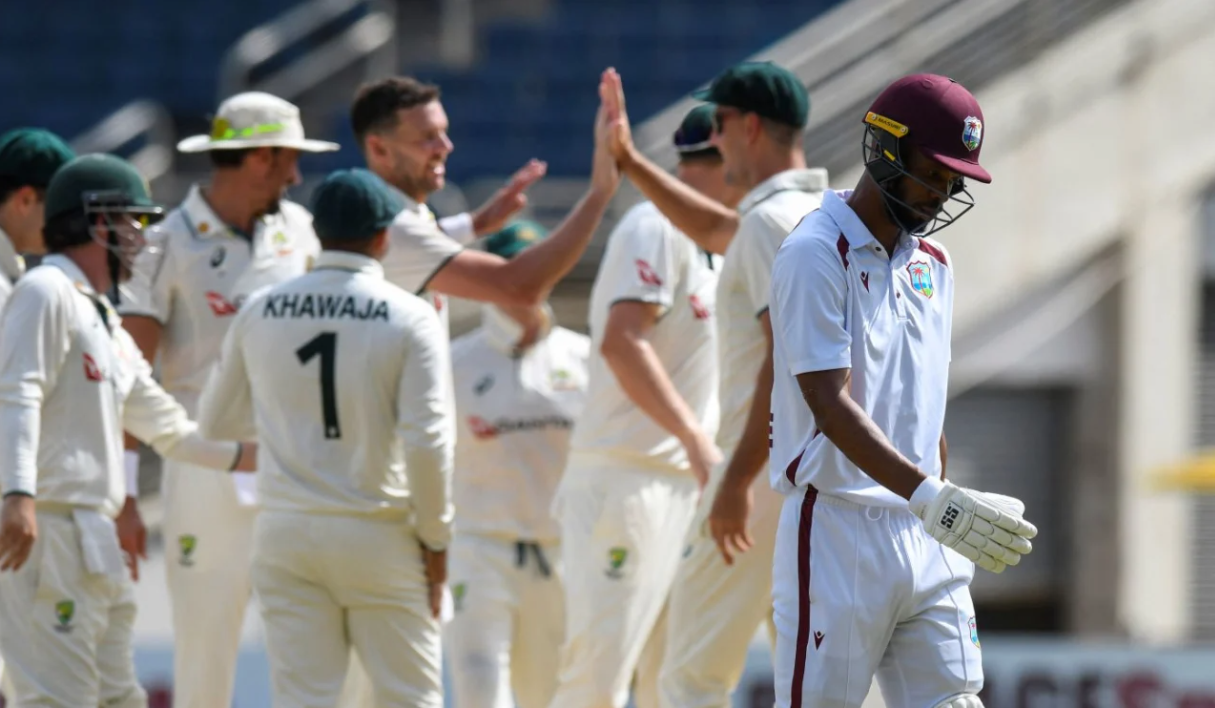
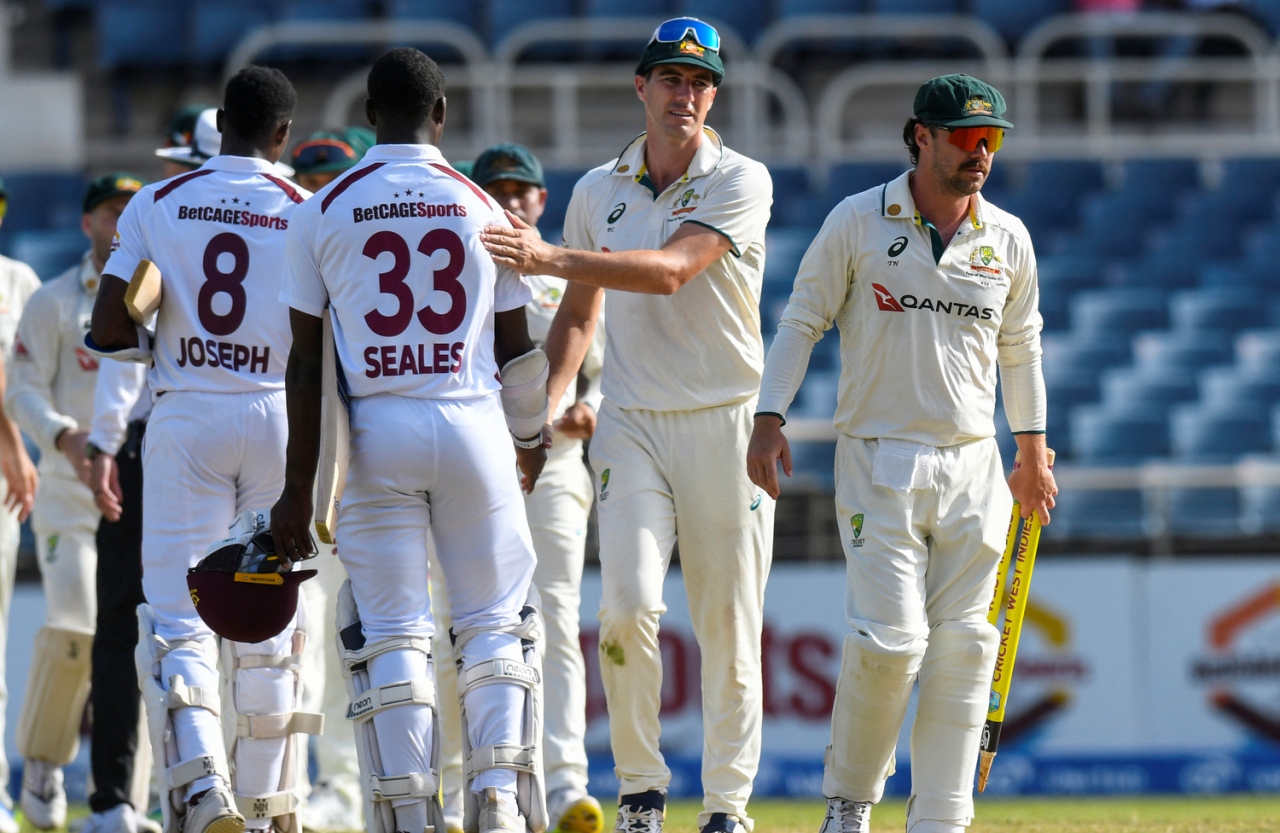
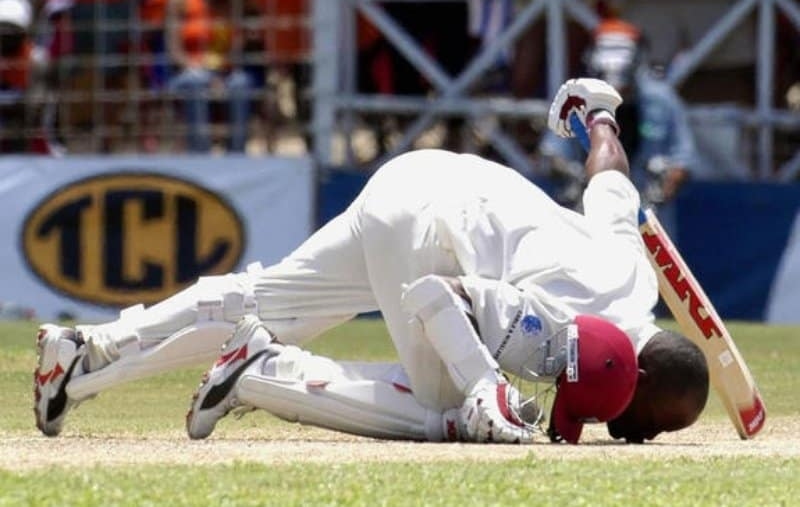
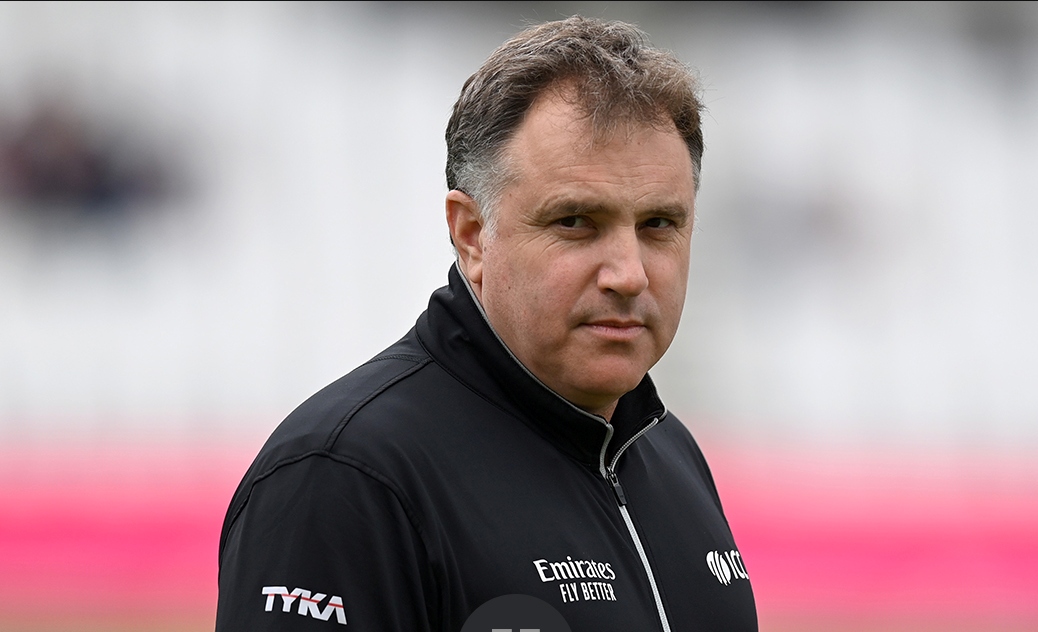
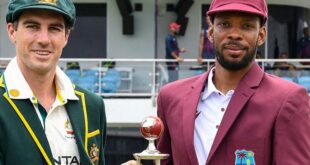
DITTO.
The society which gave birth to the excellence of years past no longer exists. We need to build a new culture of excellence. What that will look like is yet to be seen. Being in transition can be very painful, which is why we need a plan.
What is also frightening is that we are losing those who were part of that era when the legends put us and kept us on top of the world. We can only hope that the present WICB leadership is enlightened enough to expose as many of our players and coaches to the depth (through real physical presence) of their learning and experience before it is all gone.
It needs to be recorded as well, which is a job mainly for the media.
I AM POSTING THIS COMMENT BUT IT IS NOT MINE. IT ONLY APPEARS UNDER MY NAME BECAUSE ITS AUTHOR PREFERS ANONYMITY.
I really did not know we were that bad against spin. The media’s fault? Perhaps.
It is clear we are behind the curve in more ways than one. So we have to update our organization and systems to enable our athletes to develop.
I still believe we are moving in the right direction, though very slowly. This turnaround will take some years but the fans would like to know that the work to improve has begun.
We need academies in the region, more 4-day tournaments, better coaching at all levels, better administration and enough opportunity to test ourselves at the international level.
And we need to improve our reporting. Scores only tell that part of the story which interested parties already know.
I AM POSTING THIS COMMENT BUT IT IS NOT MINE. IT ONLY APPEARS UNDER MY NAME BECAUSE ITS AUTHOR PREFERS ANONYMITY.
I have been waiting for an article on the West Indies batting coach. However, the challenge is the quality of both our batting and our bowling.
From what I have just witnessed, our batsmen cannot play spin; they cannot play good bowling of any kind. They cannot absorb pressure. They may try but, time and time again, they prove inadequate in skill and temperament to the frustration of all supporters.
“What, pray, does the current West Indies batting coach contribute to regional cricket?”
Excellent question.
“But I really don’t know whether—should we decide to direct them to CWI media officer Dario Barthley or through him—they will get answered. Or even asked.”
That is a good example of the lack of transparency and accountability which plagues all manner of sporting administrations at all levels in the region, from club level all the way up.
“Has the batting coach distilled his thoughts on batting into any such concise statement since he joined the support staff in late 2019? Perhaps.
But we will probably never find out. The media officer most likely will not use your question.”
The painful issue we are faced with over and over again.
“So is there a West Indian template that says that if we’re going down, we’re going down in a blaze of glory? That we have to make a brilliant escape?”
To what extent are the players to blame? To what extent are the coaches at fault? If our batsmen do not have enough exposure to good bowling in the WI, how can we expect them to perform when they are faced with the real deal at international level?
My position is this: Are our players at all levels exposed to enough quality tournaments? Where are the weaknesses in the preparation phase? What do we do now to improve? Has WICB laid out an improvement plan which can be accessed anywhere?
But critically, we need the WI media to be brave enough to ask these questions of ALL stakeholders.